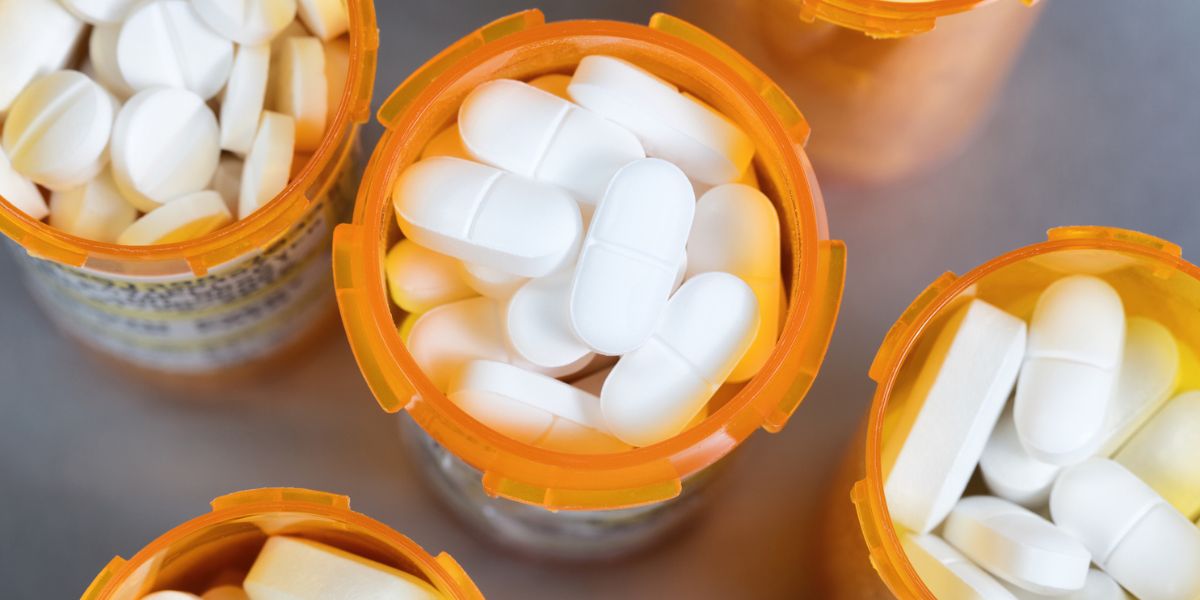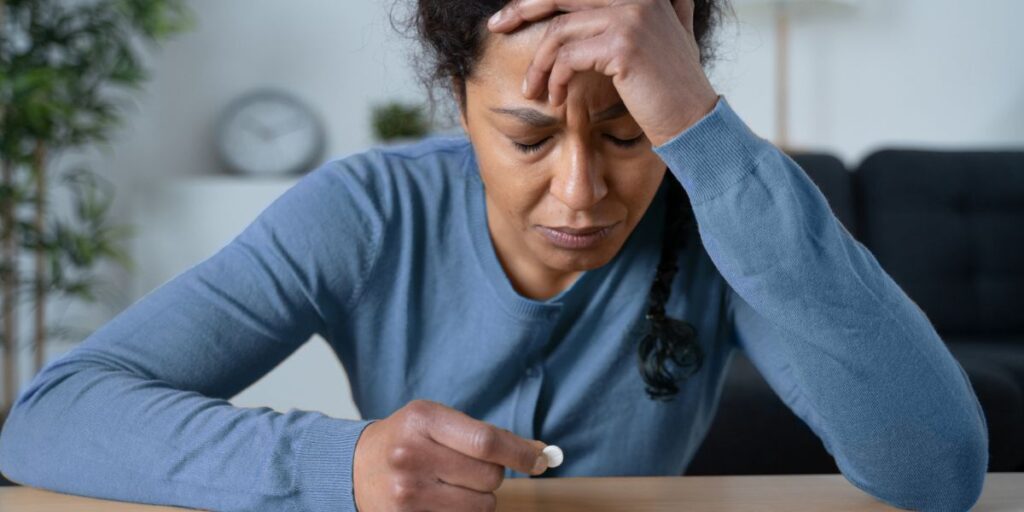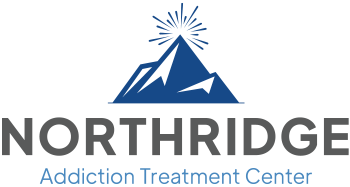Opioid Addiction: What It Is, Withdrawal, and Treatment

In the past, people thought opioid addiction was a moral issue or personal problem. Now, we see it as a chronic illness called opioid use disorder (OUD) that needs medical treatment, like other health problems.
The opioid crisis in the United States affects many real people and their family members daily life every day, often with devastating results.
Understanding opioid addiction and knowing how to help those affected is important. Doing so can reduce stigma, make a difference, and ensure effective treatment for those in need or their loved ones. However, it may not completely solve the public health crisis.
What Is an Opioid Addiction?
Opioid addiction is a complex illness that makes people keep using opioids even though it harms them and those around them.
Not all people who use opioids will develop opioid use disorders (OUD). This disorder affects people who have prescriptions for pain relief and those who use opioids recreationally.
While people using opioids for chronic pain may develop physical dependence, this is not synonymous with addiction. However, without appropriate monitoring and care, dependence can evolve into addiction.
The seriousness of opioid use disorders can be light to heavy, based on how many signs a person shows. The DSM-5 offers rules for figuring out if someone has an opioid use disorder. Doctors choose treatments based on evidence and tailor them to the person’s needs.
Criteria for opioid use disorder include:
- Consuming opioids in quantities or frequencies exceeding initial intentions or for extended durations
- An existing desire coupled with an inability to reduce or cease opioid use
- A significant portion of time is devoted to obtaining, using, or recuperating from the side effects of opioids
- Experiencing intense urges to use opioids
- Persisting in opioid use despite its detrimental impact on personal, social, and professional obligations
- Engaging in opioid use in situations that pose physical dangers
- Continuing opioid consumption despite awareness of its exacerbating effect on mental and physical health issues
- Developing a tolerance to opioids, characterized by a diminished response to previously sufficient doses or the necessity for more significant amounts to achieve the same effect or sensation
- Experiencing withdrawal symptoms, which alleviate upon consumption of more opioids or substances with similar effects
Only a qualified healthcare provider can accurately diagnose substance use disorders. If you have concerns about your drug or alcohol use, it’s important to discuss it with your doctor. This conversation can help you get the support and resources you need.
Request a detailed explanation of your treatment alternatives. As a chronic yet manageable condition, opioid use disorder necessitates ongoing management and care to prevent disability, relapse, and mortality.

Statistics for Opioid Addiction
In 2017, the US Department of Health and Human Services declared an opioid crisis and public health emergency. This was because of the widespread use of opioids and their harmful effects.
- Presently, over 2.1 million people are entangled in the throes of opioid addiction
- Annually, the healthcare sector authorizes nearly 250 million opioid prescriptions
- Each year, around 10.1 million people misuse prescribed opioids
- Opioid-related complications precipitate approximately 120,000 deaths each year
- Daily opioid overdose deaths are responsible for 130 people
- Opioids constitute 40% of all lethal drug overdoses
- In the past 15 years, deaths due to synthetic opioids have skyrocketed by 2000%
- During the same timeframe, heroin-associated fatalities have increased by 700%
- Nearly 19% of recipients of prescribed opioid pain relievers succumb to opioid addiction
- Approximately 45% of heroin addicts initially engaged with prescription opioids
- Sadly, only 25% of those battling opioid addiction receive adequate treatment
Several factors lead people to choose heroin over prescription opioids, including lower cost, greater availability, and higher potency.
Opioid Withdrawal Symptoms
As stated earlier, the presence of withdrawal symptoms signifies an opioid use disorder. However, symptoms of addiction can vary in intensity.
The speed of recovery can vary based on different factors. These factors include the duration and severity of the addiction, as well as any other health conditions a person may have. A person’s overall physical health can also impact their recovery process.
The experience of opioid withdrawal can be severe and overwhelming. Many people who try to quit opioids alone often go back to using them because of withdrawal symptoms. This can discourage them from attempting detox again later. This can make them not want to try detoxing again in the future.
Signs of opioid withdrawal include:
- Urges and Cravings
- Perspiration
- Symptoms similar to the flu
- Sickness
- Throwing up
- Restlessness
- Stomach cramps
- Loose stools
- Cold flashes
- Increased pulse and blood pressure
- Sleeplessness
- Appetite fluctuations
- Tremors
- Aches in muscles, bones, and joints
- Tiredness
- Thoughts of suicide
Choosing to confront and overcome opioid use disorder is a courageous and crucial decision. Ensuring that the withdrawal process goes smoothly is important. This can help reduce the chances of returning to opioids. It can also help avoid post-acute withdrawal syndrome.
The safest method for withdrawing from opioid medication is through supervised medical detox. Medical professionals closely monitor your vital signs and mental health symptoms in this setting.
They utilize medication-assisted treatment (MAT) for opioid use disorder to alleviate cravings and ease uncomfortable withdrawal symptoms. MAT helps people smoothly transition from detox to ongoing treatment without the harmful effects of withdrawal symptoms. Replacing one drug with another is not the only solution.
Overcoming opioid use disorder begins with opioid withdrawal, but this is just the first step. People need education and treatments based on evidence to help them understand and maintain their recovery in the long run.

Opioid Addiction Treatment Center
At Northridge Addiction Treatment Center (NATC), we are committed to assisting individuals in overcoming drug addiction, particularly opioids. We provide support, resources, and compassionate care to help you achieve long-term recovery. Our goal is to help you overcome addiction and support you throughout your journey to recovery.
Our treatment center is quiet and residential. We provide onsite medical detox with 24/7 care. You will receive care until you are ready for the next phase of treatment.
Our team will work closely with you to create a personalized treatment plan that meets your needs and goals. We will also help you avoid factors that could lead to a relapse.
Our team consists of licensed and experienced professionals. We also use dual diagnosis to identify any co-occurring disorders that require additional attention and treatment and address them individually.
NATC wants to help with more than just the immediate effects of opioid misuse. We aim to provide you with the tools and information needed to take control of your recovery. Our goal is to help you start a fulfilling life free from addiction.
If you’re ready to get help for you or your loved one’s opioid addiction, reach out to one of our caring treatment specialists today. They are eager to provide the help you deserve.
Find Meaningful Recovery
Our caring and compassionate specialists are eager to help you comfortably navigate this journey to recovery. Our individualized treatment plan, programs, and therapies may be a perfect match for you or your loved one. Let us assist you in living the happy life you deserve. It starts with a phone call.




